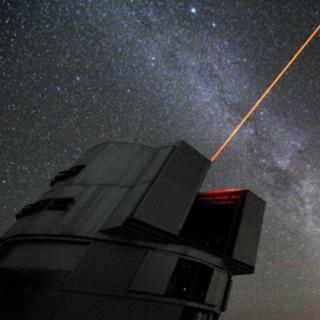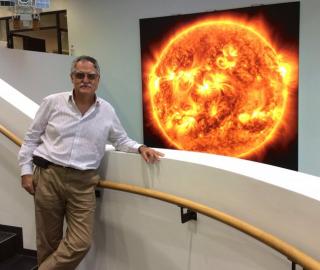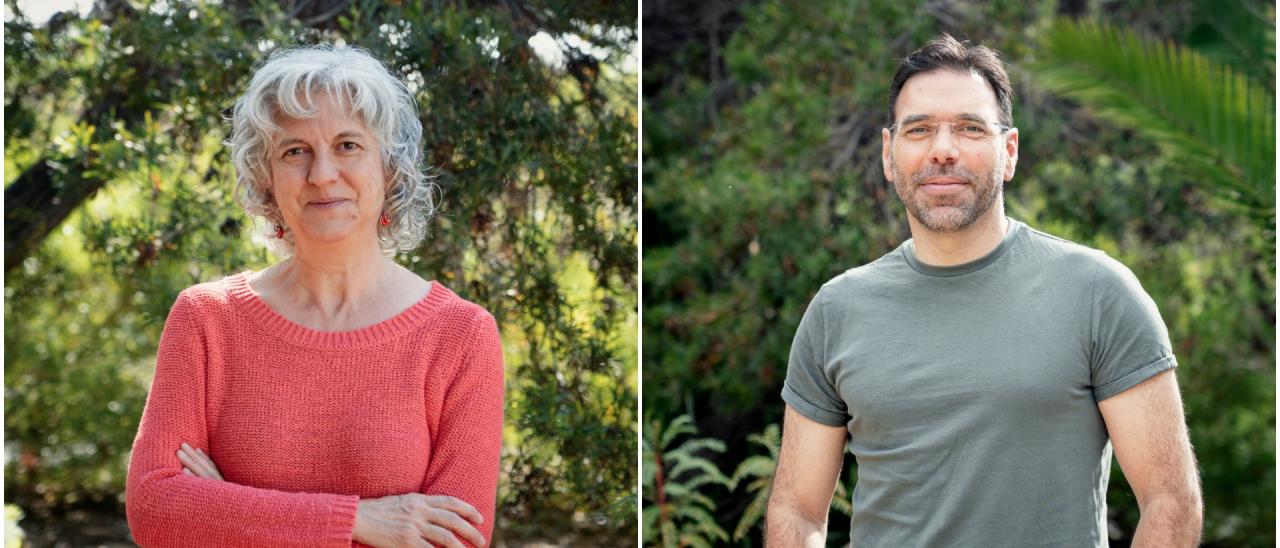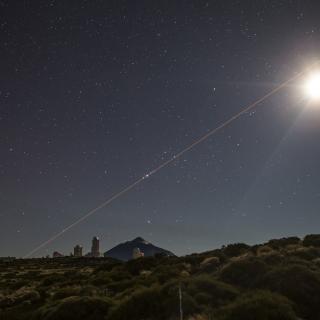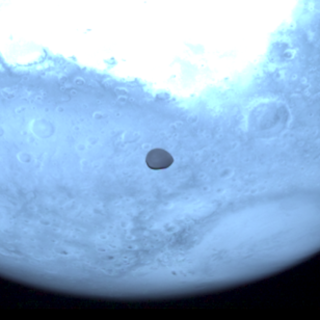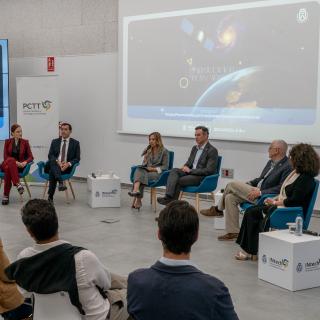The Instituto de Astrofísica de Canarias (IAC) has again shown its high quality in the field of international research. Two of its Research Professors, Carme Gallart and Enric Pallé, have been selected by the European Research Council (ERC) to receive ERC Advanced Grants, the most prestigious and competitive grants of the Horizon Europe programme.
This call for proposals is aimed at researchers who are leaders in their fields, with consolidated records and highly innovative proposals. Each grant can reach up to 2.5 million euros over five years, with additional funding for specific needs.
Of the 14 projects of scientific excellence being proposed from Spanish institutions in this round, three have been awarded in the fields of Physical Science and Engineering, and of these two are from the IAC. Furthermore, of the 14 projects granted in Spain, only three are led by women researchers, one of these is Carme Gallart, a researcher at the IAC. These data show the level of excellence and scientific leadership of the Institute in a highly competitive context at European level.
A Galactic clock with data from Gaia
Carme Gallart’s project, “Chronology of our Galaxy from Gaia Colour-Magnitude Diagram fitting” (ChronoGal) is designed to reconstruct the chronology of the formation of the Milky Way using data from ESA’s Gaia satellite, and from spectroscopic cartography with WEAVE on the William Herschel Telescope (WHT) of the Roque de los Muchachos Observatory (ORM) on La Palma, together with cosmological simulations.
This will be a pioneering effort to measure with precision the ages of the different stellar populations in the different components of our Galaxy, with the aim of showing the sequence of the events which have occurred since its formation until the present time. This includes mergers with satellite galaxies which modified the internal dynamics and stellar composition, as well as more gradual physical processes.
In this project there will be participation from researchers from the IAC and the University of La Laguna (Giuseppina Battalgia, Chris B. Brook, Emma Fernandez-Alvar and Matteo Monelli) as well as collaborations from other institutions: the University of Granada (Tomás Ruiz-Lara) and of the INAF – Istituto Nazionale di Astrofísica (Santi Cassisi).
SPEAR: preparing the way towards habitable worlds
Enric Pallé’s project, “SPEAR”, is based on a key discovery of modern astrophysics: in our Galaxy there are more planets than stars, and their diversity is much greater than we had imagined. One of the major scientific challenges of the XXI century is to characterize planets similar to the Earth, and to look for possible biomarkers in their atmospheres. This objective has driven the development of space missions dedicated to the search for these exoplanets, and the building of the future Extremely Large Telescopes, on Earth to characterize them in detail.
These giant telescopes, with extremely high resolution spectrographs, will allow the detailed study of the atmospheres of Earth-like planets. However the planetary signals expected are extremely weak, so that it will be necessary to correct for effects such as the variability of the stars, instrument noise, and the smallest changes in the Earth’s atmosphere. SPEAR proposes a multidisciplinary strategy for tackly these challenges, and will develop new simulations, methodolgies for analysis, and observational strategies, as well as identifying those planetary systems most appropriate for the search for life. In this way, when the large telescopes are working in the coming decade, the scientific community will have optimized tools for exploring possible habitable worlds.
Excellent professional trajectories
Carme Gallart is a Doctor in Physics from the University of La Laguna and Research Professor at the IAC. She was a postdoctoral fellow at the Carnegie Observatories and at Yale University before reincorporating to the IAC with a Ramon y Cajal fellowship. She has dedicated her research career to the study of the formation and evolution of the galaxies in the Local Group, of which the Milky Way and the Magellanic Clouds belong, as well as over a hundred other small galaxies. She is an expert in the technique of fitting colour-magnitude diagrams to obtain the star formation history of nearby galaxies. She has been the principal investigator for observation proposals at the Hubble Space Telescope and several ground-based telescopes located in Chile and at the ORM in La Palma. At the present time she is studying the history of the star formation in the Milky Way using data from ESA’s Gaia satellite, a project for which she has been funded by the ERC. She is also a member of the research team of the European project ExGal-Twin.
Enric Pallé is Research Professor at the IAC, working in the discoveyr and characterization of new extrasolar planets. His speciality is the characterization of the atmospheres of these planets, and preparation for future missions and instruments capable of detecting the atmospheric composition of rocky exoplanets, including possible biomarkers. He is also interested in the development of astronomical instruments, and in studies of the Earth’s climate. He has been Research Coordinator of the IAC, Principal Investigator of 7 project funded by the National Research Plan, director of 12 doctoral theses, and co-author of over 550 scientific articles in refereed journals of the top 25% of impact factor. He is currently the manager of the National Plan for Astronomy and Astrophysics of the National Space Agency. As for space experiments Enric Pallé is co-P.I. on ESA’s ARIEL mission, member of the board and of the Science Team of ESA’s CHEOPS mission, invited researcher on NASA’s TESS mission, and member of ESA’s PLATO consortium which follows this mission from the ground. In the Canary Observatories, Enric Pallé is the scientist at the IAC responsible for the Muscat2 collaboration on the Carlos Sánchez Telescope (TCS) at the Teide Observatory, and for the network of telescopes of the Las Cumbres Observatory (LCO).
European support for vanguard science
The ERC Advanced Grants support programmes with a high degree of originality and scientific risk, with the aim of encouraging frontier research, capable of opening new areas of knowledge. The double grant to the IAC strengthens the leadership of the Institute in key areas of modern astrophysics, from the study of our Galaxy to the search for habitable planets outside the Solar System.
Contacts:
Carme Gallart, carme.gallart [at] iac.es (carme[dot]gallart[at]iac[dot]es)
Enric Pallé, epalle [at] iac.es (epalle[at]iac[dot]es)


